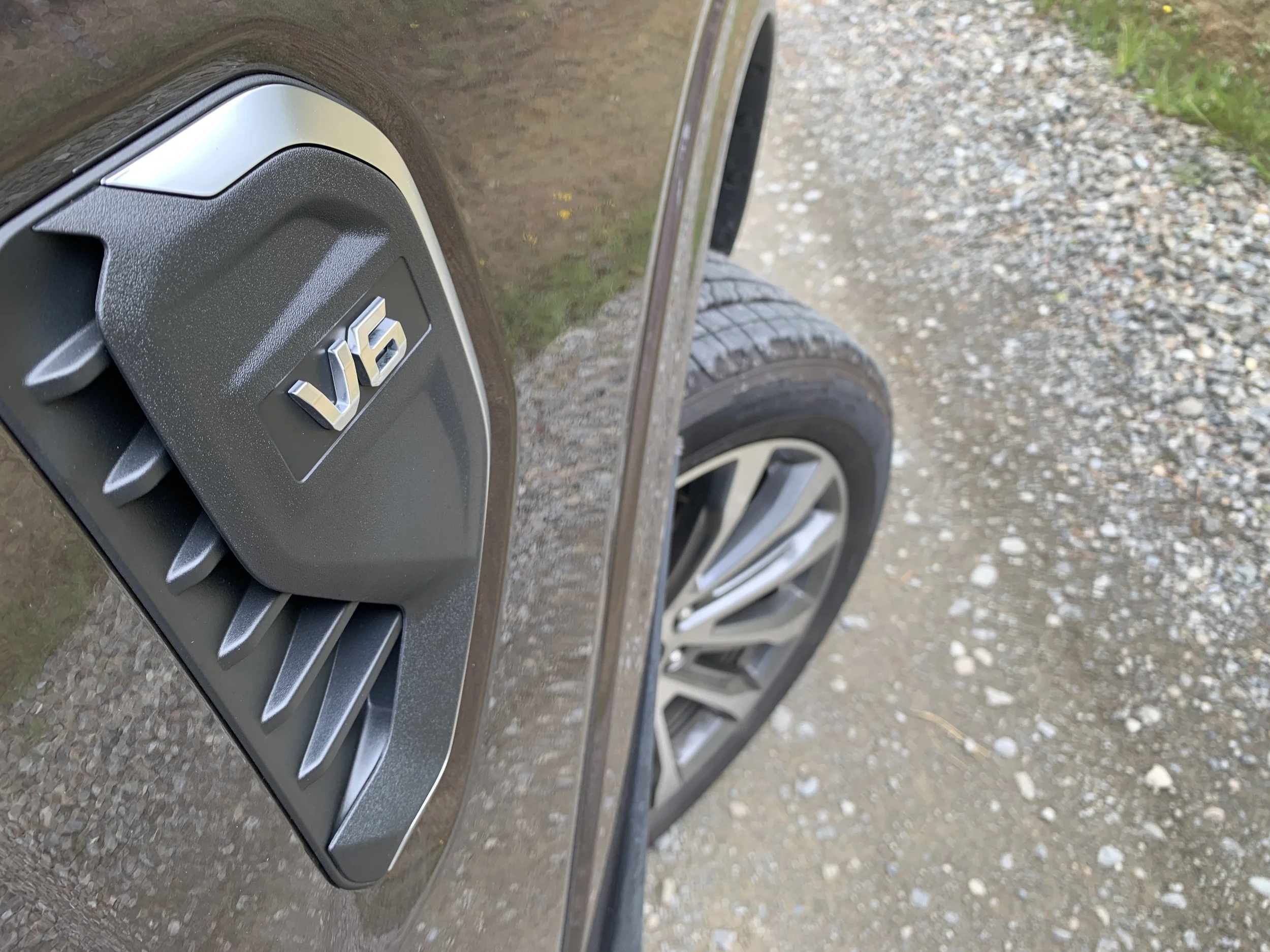Clean Car set to shape new Santa Fe?
/Hyundai NZ’s top man agrees emissions legislation requirement will be top of mind in respect to blockbuster model’s local fitout.
SWITCHOVER to the new Santa Fe in the second quarter of next year will allow opportunity to review prices and powertrain options, both affected by emissions penalties.
What, if any, remedies can be effected for the seven-seater that traditionally accounts for 1500 annual sales will depend on what is availed by the factory and potentially how Seoul expects the new sports utility to site on the international scene.
International expectation is that the latest design and longer list of technologies coming under in-house MX5 designation are expected to bring price rises.
Yet there’s also potential the car could rely increasingly heavily on electric involvement, even to point where - the national distributor believes - a fully battery-compelled version cannot be discounted.
Santa Fe has been a core seller for Hyundai New Zealand through the current and three previous generations. The current TM line (below) sites as among the top four Hyundais favoured by Kiwis.
There’s every expectation the bold new model, unveiled internationally yesterday, will continue that run, the make’s most senior representative here says.
Andy Sinclair, chief executive officer of Hyundai Motors New Zealand, says the repercussion of Clean Car legislation is among considerations for the planning team, given how the current car is affected by just-tightened rules.
“We have a bit of time as we don’t expect to release until quarter two of 2024. Final powertrains are not confirmed.
“From a volume perspective, we still expect to be a key part of our lineup as it always has been, but volume expectations come when we know configurations, powertrains and price.”
Of the 10, wholly four-cylinder, current shape variants, just two - the cheapest hybrid and the sole plug-in hybrid - now escape emissions penalties.
As of July 1 these range from $690 for the 1.6-litre petrol electric Elite and Limited and lift to $2702 for everything with the 2.2-litre turbodiesel and a whopping $4715 for the 2.5-litre petrol cars.
Those impacts come as Hyundai sticks to established range-wide discounts on recommended retails, implemented to keep the type fully competitive in a changing sales environment, Sinclair says.
On Hyundai NZ’s website today the diesels are between $3000 and $7000 below full RRP, the petrols are $3000 to $4000 under the usual stickers while the hybrids show greatest difference, with between $10,000 and $14,000 off the regular pricing.
In respect to that strategy, Sinclair said: “It’s simply a case of the market at the moment. Clean Car has certainly had an impact on that market.”
Clarity about what future powertrain direction the newcomer favours is expected when Seoul follows up yesterday’s presentation with a YouTube-led deep-dive event next month.
The car shown yesterday was an all-wheel-drive with a 2.5-litre turbo petrol engine, but no technical details about it have been shared, so it is not clear if that engine is new or an update of the current 132kW/232Nm Theta III.
Hyundai head office cited the model it showed as being specifically for its domestic market and North America.
Independent reports say leaked documents suggest overseas markets will achieve the option of a cheaper 2.5-litre non-turbo four-cylinder petrol, as well as hybrid and plug-in hybrid options.
Sinclair expects the hybrid and PHEV choices to be continued in the new car. He also thinks it might likely one day become a fully electric model. Nothing about that has been shared by head office.
“We have hybrid in the current one and we will have hybrid in the new one. There are rumours of an electric platform, but no confirmation I’m aware of.
“But I would say … we will see more electrification and, certainly, PHEV.”
The long-term future for diesel is unclear, but there is talk the latest product could start with it.
Registrations data suggests the 148kW/440Nm 2.2-litre has traditionally been a solid choice for Kiwis, even after Hyundai NZ brought in the 169kW hybrid and 195kW plug-in petrol-electric tech, both with 350Nm, it hoped would alter buying patterns.
Hyundai NZ is now seeking customer interest in an additional, extra plush limited edition Calligraphy specification, but Sinclair says this isn’t a sign of current Santa Fe entering runout.
“We’re not really at runout stage yet because we are still nine months away (from changeover).”
Calligraphy had worked well for the next-size up Palisade, so it made sense to try it on Santa Fe. The treatment brings painted body coloured mouldings, a specific 20 inch alloy, Nappa leather, aluminium highlights in the cabin plus silver switch gear, a perforated steering wheel and black suede headlining.
The new Santa Fe being larger than the current edition poses no threat to Palisade, which builds off a common platform as current Santa Fe and uses common engines, including a 3.5-litre petrol V6 now exclusive to the larger model, and sources from North America.
Sinclair fully expects to keep Palisade in stock after new Santa Fe arrives and also anticipates it to also go into a new generation, quite probably heading in the latest SUV design direction.
“We have no intention of dropping Palisade. I think we can assume there will be design similarity and that Palisade might go a little bigger, as Santa Fe appears to have.”
As for Santa Fe’s latest look? Going boldly blocky is a new direction, but Sinclair doubts it will affront or hinder interest.
“If you look at the history of Santa Fe … they’ve been dramatically different model to model. A lot of our customers have had every model, so they’re well used to this.
“The volumes have certainly remained consistent, though obviously things that do have an impact are Governmental changes.”



















